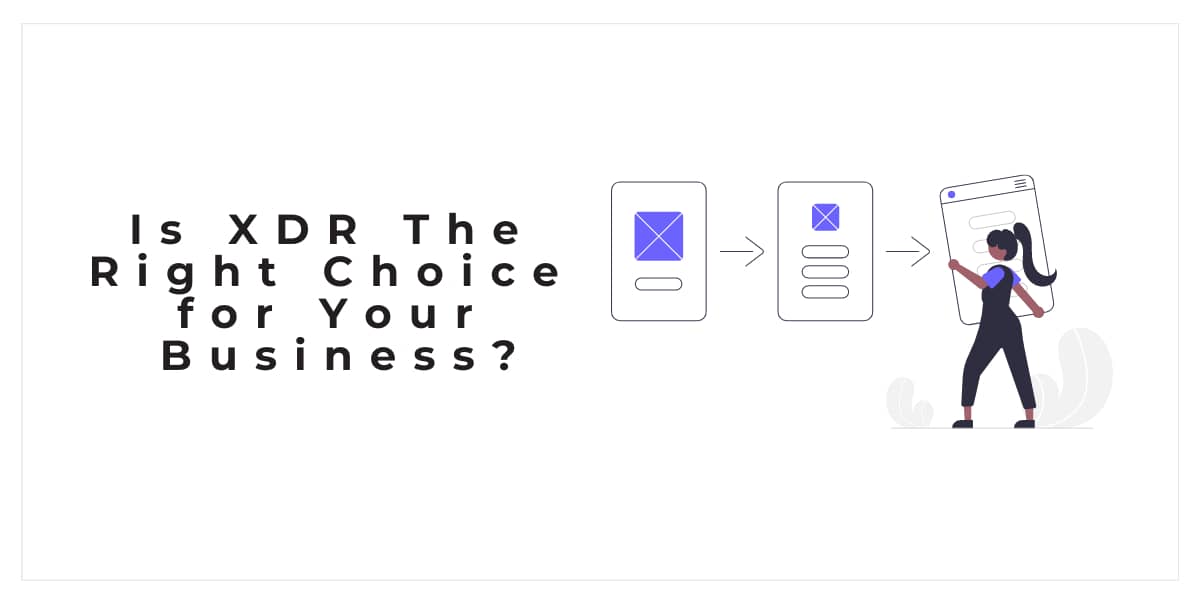The key advantages of implementing XDR are that a company will have significantly better security, threat detection, and response capabilities. IT security personnel productivity may increase, and the organization may spend less on software since they will no longer require all of the many solutions that detect and respond to security threats.
Is The Hype Justified?
Some sites' security requirements are satisfied by best-of-breed software tied to an EDR. Their endpoints pose the most risk to their network, according to them. Going out and investing money on an XDR solution seems excessive as long as they have things secured. It appears that suppliers are providing them an XDR product that they will not use and will not be able to justify the overall cost.
Another issue is if any seller can genuinely provide an XDR solution that meets the claims presented on their website. Even Gartner predicted that XDR will be used in the next 5 to 10 years. When XDR was initially launched, companies faced the difficulty of not having a product that suited the description. They needed to merge current goods in order to meet all of the client expectations for an XDR offering. And the end result may not be as simple to use as buyers had hoped.
Another major concern for certain businesses is vendor lock-in. They had hitherto been satisfied with utilizing the best tools for a certain work from whichever vendor offered it. With an XDR solution, they are tied to a single source for the whole process. That might imply that some aspects of the XDR solution aren't as excellent as the application they previously utilized. Also, being a new product, who knows if it will scale up successfully when the purchasing firm expands, merges, and so on.
The Reality Of XDR
The fact is that employees in most firms are asked to perform more with less. That is also true for IT security teams. At many sites, the team consists of just one person, who is now in charge of the EDR and supporting software. They are also likely in charge of network traffic analysis (NTA) software, which utilizes network communications to detect and investigate risks on a network. Network detection and response (NDR) solutions that monitor network traffic and utilize analytics to detect, analyze, and respond to threats may have supplanted NTA products.
They might be in charge of SOAR (security orchestration, automation, and response) software. Security incident response platforms, security orchestration and automation, and threat intelligence platforms are all included (TIP). Essentially, they collect security data and warnings from numerous sources and deal with risks automatically.
Furthermore, our IT security specialist may be in charge of firewalls, antivirus software, data encryption software, and other security software. Combining everything into a single package makes updating and integrating the various pieces of software much easier to handle, especially when a plethora of security solutions were previously in use. Having a single interface to observe all network components makes it easier for IT security personnel to verify that they remain on top of security concerns. It implies that visibility and control over the network, cloud, endpoints, and so on can be obtained from a single screen.
Using XDR is intended to offer an organization with improved network protection, threat detection, and reaction to such attacks, reducing their impacts as rapidly as feasible.
Cybersecurity tasks may be carried out more efficiently using a single solution rather than many different software packages from various providers. Businesses will also save money since they won't have to utilize various pricey security solutions offered by different providers. If you think that XDR is the best choice for you, please take a moment and get in touch with one of our representatives. We will be more than happy to discuss the many options that are available to you and what is going to work best for your specific needs.








